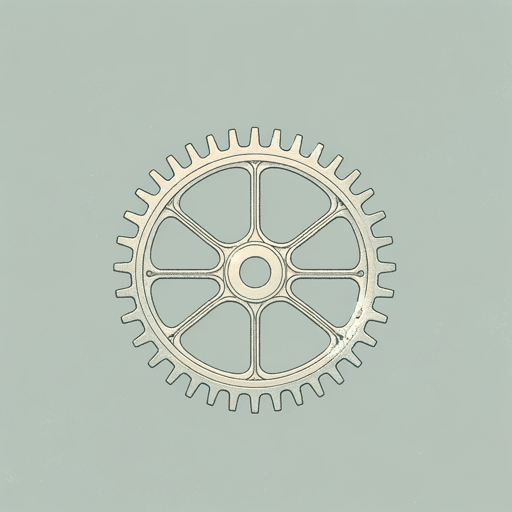55 pages • 1 hour read
Philip ReeveMortal Engines
Fiction | Novel | YA | Published in 2001A modern alternative to SparkNotes and CliffsNotes, SuperSummary offers high-quality Study Guides with detailed chapter summaries and analysis of major themes, characters, and more.
Symbols & Motifs
Municipal Darwinism
Reeve coins the term Municipal Darwinism to describe how traction cities came to be and continue to thrive. Municipal (municipality/city) Darwinism is based on the theories of British naturalist Charles Darwin, well known for his theory of biological evolution. Traditional Darwinism posits that organisms thrive due to inherent variations that give them a competitive edge against similar species and that reproduction is governed by natural selection, the process by which organisms naturally choose reproductive partners that seem the most fit to survive.
Although Mortal Engines never outright states it, the story implies that traction cities came about because resources in a city’s immediate area became scarce and moving cities became the obvious choice for hunting down resources (prey). Static cities evolved into traction cities, and this change offered a competitive evolution at the time. As a result, traction cities became the dominant species of municipality. The traction cities with the most power and greatest ability to change based on the evolving landscape survived, while weaker towns with fewer resources were eaten and absorbed into more powerful cities, thus increasing the power of predators. Crome’s reconstruction of MEDUSA brings Municipal Darwinism to a new level within the story world. With prey dwindling in the Hunting Grounds, Crome sees the destruction of the barrier wall and assimilation of static towns as the next step in London’s evolution.
Featured Collections
Action & Adventure
View Collection
Books on Justice & Injustice
View Collection
Challenging Authority
View Collection
Class
View Collection
Class
View Collection
Colonialism & Postcolonialism
View Collection
Community
View Collection
Fate
View Collection
Fear
View Collection
Forgiveness
View Collection
Good & Evil
View Collection
Memory
View Collection
Power
View Collection
Revenge
View Collection
Truth & Lies
View Collection
Valentine's Day Reads: The Theme of Love
View Collection
War
View Collection


